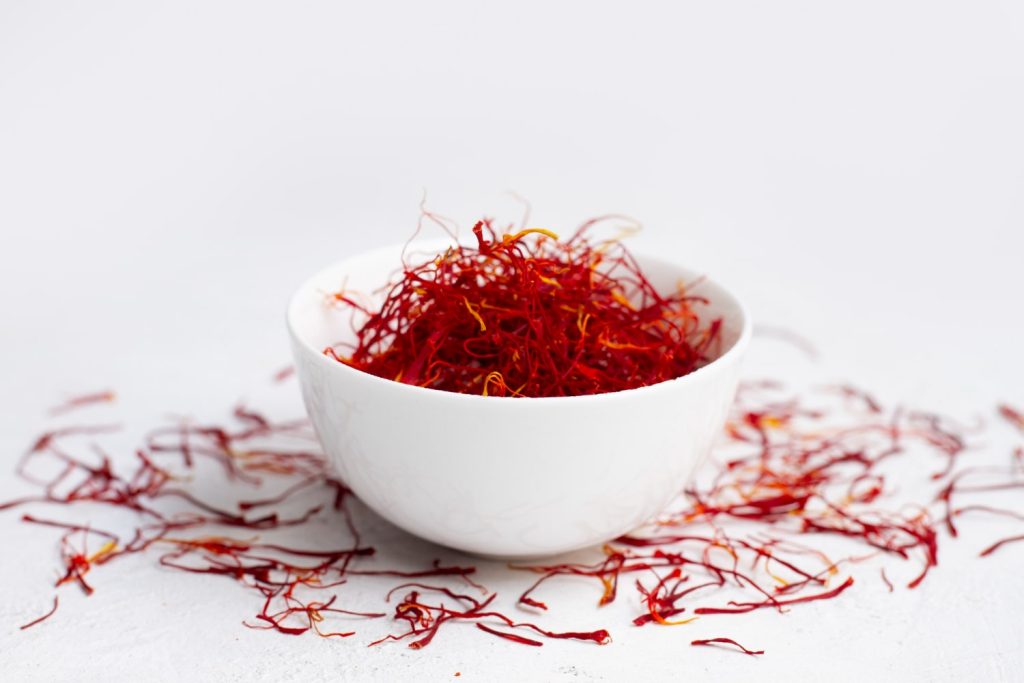Introduction
Saffron, often referred to as “red gold,” is one of the most valuable spices in the world. Iran dominates the global saffron market, accounting for over 90% of the world’s production. Its high-quality saffron, deep color, strong aroma, and rich flavor make it the preferred choice among international buyers. This article explores why Iranian saffron continues to be the top choice globally and its impact on the country’s economy.
The Superiority of Iranian Saffron
1. Ideal Climate and Soil Conditions
– Iran’s unique geographical location, with its arid climate, high altitudes, and well-drained soil, provides the perfect environment for cultivating premium-quality saffron.
– The combination of hot summers and cold winters enhances the potency of the saffron’s compounds, leading to a more intense color and flavor.
2. Traditional Harvesting and Processing Methods
– Saffron cultivation in Iran is deeply rooted in tradition, passed down through generations.
– Each saffron flower is carefully hand-picked, and the delicate red stigmas are separated manually to ensure maximum quality.
– Sun-drying methods preserve the essential oils, keeping Iranian saffron superior in taste and aroma.
3. High Crocin, Safranal, and Picrocrocin Content
– Iranian saffron has the highest levels of crocin (responsible for color), safranal (responsible for aroma), and picrocrocin (responsible for flavor) compared to saffron from other regions.
– These compounds contribute to its premium status in the global market.
The Economic Impact of Saffron on Iran’s Economy
1. A Major Export Commodity
– Saffron plays a crucial role in Iran’s agricultural exports, generating significant foreign exchange revenue.
– The industry provides employment to thousands of farmers, traders, and exporters.
– Key export markets include Spain, the UAE, China, India, and European countries.
2. Competitive Pricing with High-Quality Standards
– Despite its premium quality, Iranian saffron is competitively priced compared to Spanish and Afghan saffron.
– The affordability of bulk saffron from Iran attracts both large-scale buyers and luxury markets.
Rising Global Demand for Iranian Saffron
– Culinary Demand – Used extensively in Persian, Indian, Spanish, and Mediterranean cuisines.
– Pharmaceutical & Cosmetic Use – Saffron’s medicinal properties, including anti-depressant and antioxidant effects, increase its demand in the pharmaceutical and beauty industries.
– Growing Interest in Natural and Organic Products – Iranian saffron is often grown without chemical fertilizers, appealing to health-conscious consumers worldwide.
Challenges and Opportunities
Challenges:
– Trade sanctions and restrictions limit direct exports to certain markets.
– The presence of adulterated and counterfeit saffron affects pricing and reputation.
– Fluctuations in currency impact profitability.
Opportunities:
– Expanding direct trade through e-commerce and international B2B platforms.
– Enhancing branding, traceability, and certifications to differentiate genuine Iranian saffron.
– Developing innovative saffron-based products for global markets.
Conclusion
Iranian saffron remains the world’s most prized and dominant saffron due to its unmatched quality, rich history, and significant economic contribution. By addressing challenges and leveraging new opportunities, Iran can maintain its leadership in the saffron industry and continue supplying the world with its precious “red gold.”

